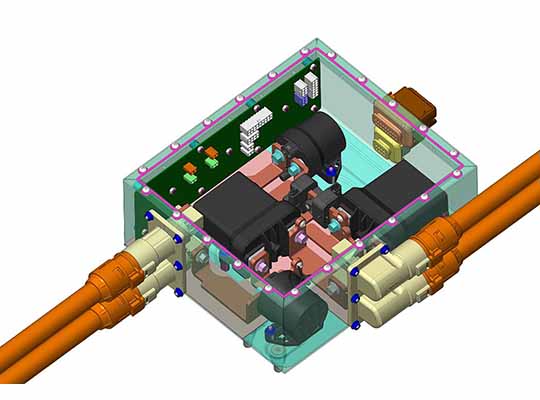SAN ANTONIO – Frost & Sullivan‘s recent analysis finds that the digitalization of power distribution and retail companies will continue to accelerate this decade. By incorporating cloud computing, big data, analytics, and Internet of Things (IoT) solutions, utilities and retailers are transforming their businesses beyond commodity selling. Frost & Sullivan finds that digital investments are directed toward three main areas: enhancing customer service, optimizing grid operations, and developing connected businesses. Software, analytics, and information technology services expenditure in key regions such as North America, Europe, and Latin America is estimated to reach $33.42 billion by 2030 from $12.33 billion in 2020, with a compound annual growth rate (CAGR) of 10.5%.
“Power grids are the backbone of the energy transition because they are a fundamental enabler of demand electrification and decentralized renewable energy (RE) integration. Hence, the digital transformation of power distribution companies and energy suppliers is a major trend that represents a considerable business opportunity,” said Maria Benintende, Energy & Environment Research Analyst at Frost & Sullivan. “While digital investment has been traditionally aimed at the digitization of internal processes to reduce workloads and save costs, it is now increasingly being aimed at reinventing business models and creating new streams of income through connected businesses.”
Benintende added: “Cloud computing is becoming the foundation for digital transformation. Its core value for power distributors and retailers is that it makes automation and integration between various services simpler, scalable, and less expensive.”
Shaped by market shifts and the proliferation of a series of technologies—including smart appliances, electric mobility, and distributed solar and storage—new business models are becoming available. Some opportunities for market participants to capitalize on are:
- Educate utilities on the benefits of metering data: To fully leverage data acquired from advanced metering infrastructure (AMI), vendors should develop smart mobile device management (MDM) platforms that are easier to deploy, scale and maintain.
- Expand software as a service (SaaS) offerings to everything as a service (XaaS) value propositions: Digital transformation demands competencies from utilities that are hard to develop in-house. They create business opportunities for aaS propositions.
- Strengthen cloud computing capabilities to streamline digital transformation: By opting for cloud platforms to develop, test, and drive their DER and smart home product propositions, utilities will optimize resource efficiency and be able to offer bundled services.
- Opt for microservices architectures: Software vendors and developers can consider microservice architecture for software upgrades to deliver enhanced value to their customers with flexible and modular options.
Power Distribution and Retail Digital Transformation Growth Opportunities is the latest addition to Frost & Sullivan’s Energy & Environment research and analyses available through the Frost & Sullivan Leadership Council, which helps organizations identify a continuous flow of growth opportunities to succeed in an unpredictable future.













